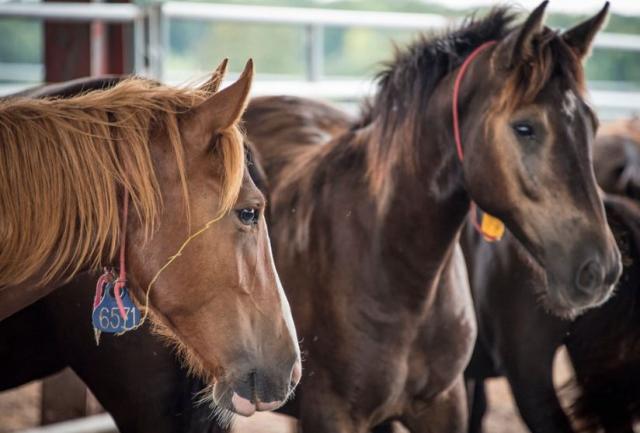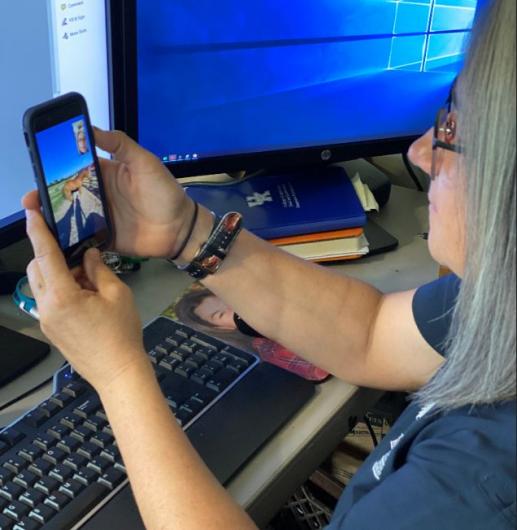Related Stories
- Celebrating Winter Solstice 2025 at the Meadowood SRMA
- Popular posts: BLM's most viewed blogs of 2025
- Take a First Day Hike on Your Public Lands
- Inspiring Future Land Stewards Through STEAM
- “Where did my horse come from?” BLM launches a new way for adopters, trainers and others to learn about their wild horses and burros
Office
5275 Leesburg Pike
Falls Church, VA 22041
United States


